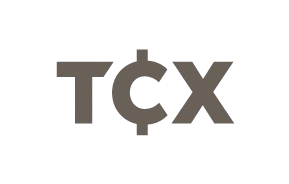Nigeria’s FX reserves climbed to USD 41 bln by Aug. 19, the highest since December 2021, according to central bank data. Reserves gained momentum in early August when levels first crossed USD 40 bln, advancing by an average of USD 81 mln per day since then. The build-up reflects stronger FX inflows relative to outflows, sustaining steady external accretion.
